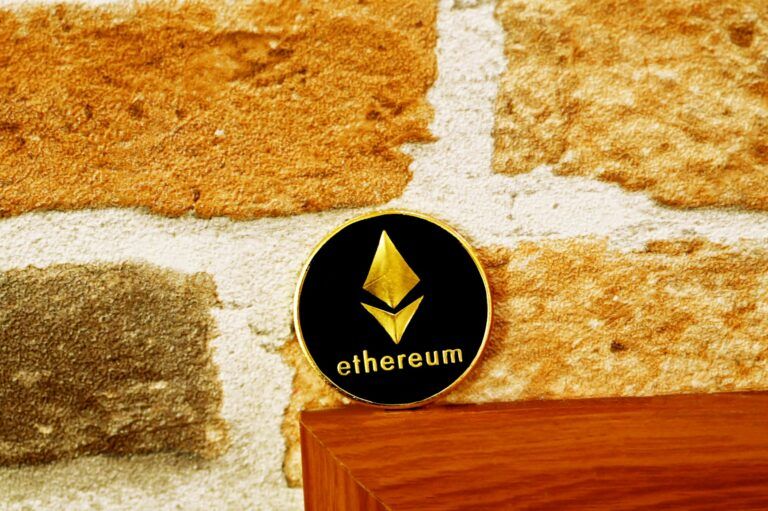Over 9 million ETH has been deposited not the Ethereum 2.0 contract ahead of the activation of the most ambitious upgrade of the second-largest cryptocurrency by market cap. The upgrade is expected to improve its economic model, resource usage, and governance.
According to data from the Ethereum blockchain, the total amount of ether deposited into the smart contract is now over little over $28 billion, at a rate of $3,065 per ether token. Over $500,000 worth of ERC-20 tokens have also been deposited into the address.
The Ethereum 2.0 deposit contract was released in November 2020 and has seen ETH users contribute funds to the contract in anticipation of the launch of Ethereum 2.0. Moving funds to the deposit contract allow users to become validators, which are essentially the equivalent to the miners on ETH’s current proof-of-work network. Validators, just like miners, will earn rewards for processing transactions and finding new blocks.
To become an Ethereum 2.0 validator, a user has to stake at least 32 ETH into the network’s deposit contracts. At launch, validators are expected to earn an annualized reward of 20% on their staked funds, which could be attracting investment.
Cryptocurrency exchanges and other platforms have over time launched Ethereum 2.0 staking services, allowing users to deposit ETH below the 32 token threshold to earn rewards on their holdings. Ether deposited into the contract is locked until Ethereum 2.0 is launched.
Late last year, Ethereum launched its Kintsugi testnet to the public. The testnet, named after the Japanese art of mending broken pottery with gold, is one of the final ones ahead of the launch of Ethereum 2.0, which will convert the network to a Proof-of-Stake consensus algorithm.
Kintsugi is a testnet that allows anyone to experiment with Ethereum in the exact manner the network would operate after the change. Four devnets were launched in the past year in the road toward Ethereum 2.0 after the Phase 0 launch of the Beacon Chain, which already stores $9 billion in value.
Some analysts believe, however, that the move to Ethereum 2.0 may be too slow. As CryptoGlobe reported, Analysts at JPMorgan led by Nikolaos Panigirtzoglou have revealed they see losing market share to rivals like Solana ($SOL) when it comes to non-fungible tokens (NFTs).
In a note shared with clients the analysts wrote that Ethereum’s volume share of non-fungible token trading fell from 95% at the start of 2021 to 80% as a result of the high transaction fees seen on the cryptocurrency’s network.
Other networks, including WAX and Tezos, are reportedly also gaining market share, JPMorgan’s analysts said. Notably, late last year analysts at the investment bank said ethereum has more growth potential than bitcoin as interest rates rise, as it powers an ecosystem of decentralized applications.
Similarly Alkesh Shah, a digital asset strategist at Bank of America has revealed he believes Solana has the potential to “become the Visa” of the cryptocurrency space as it focuses on scalability, low transaction fees, and ease of use.
DISCLAIMER
The views and opinions expressed by the author, or any people mentioned in this article, are for informational purposes only, and they do not constitute financial, investment, or other advice. Investing in or trading cryptoassets comes with a risk of financial loss.
IMAGE CREDIT
Featured image via Unsplash









